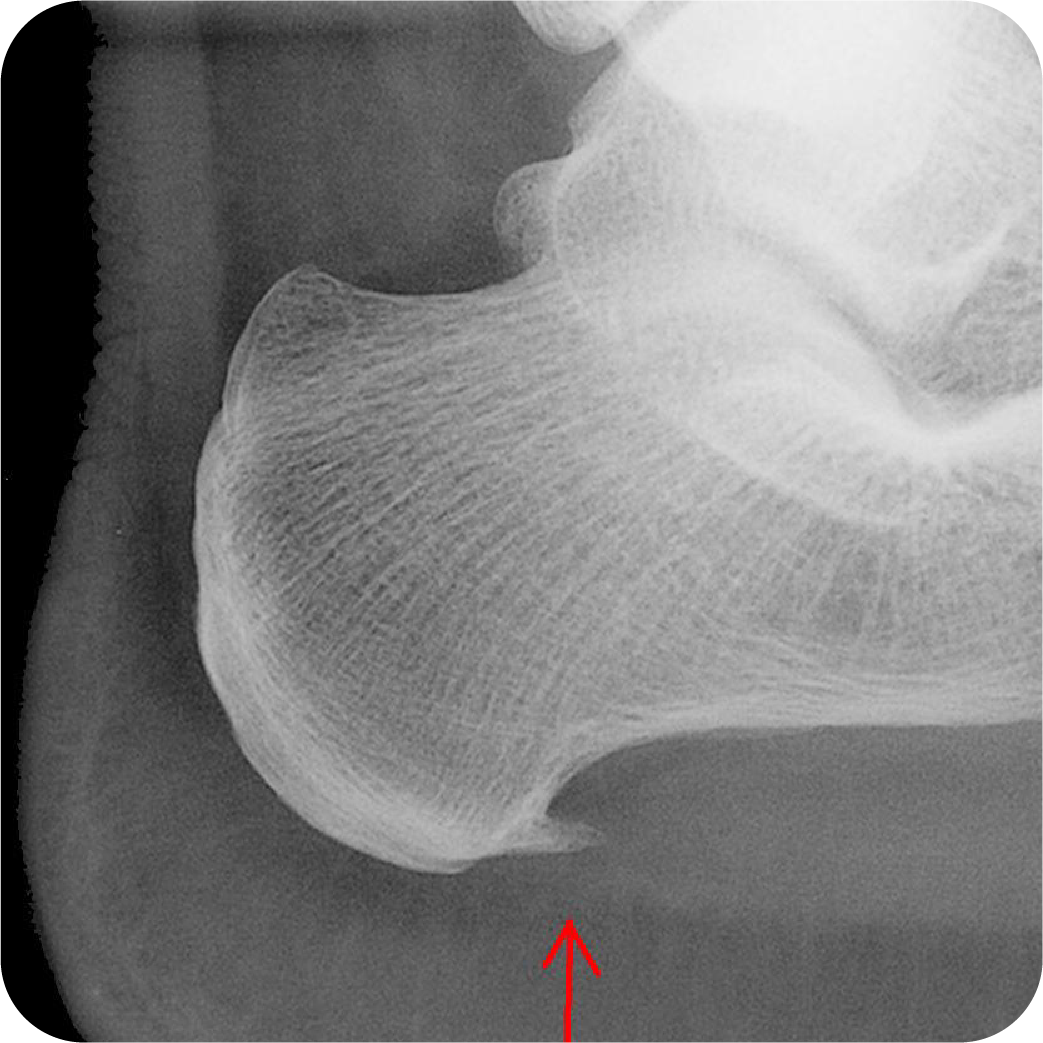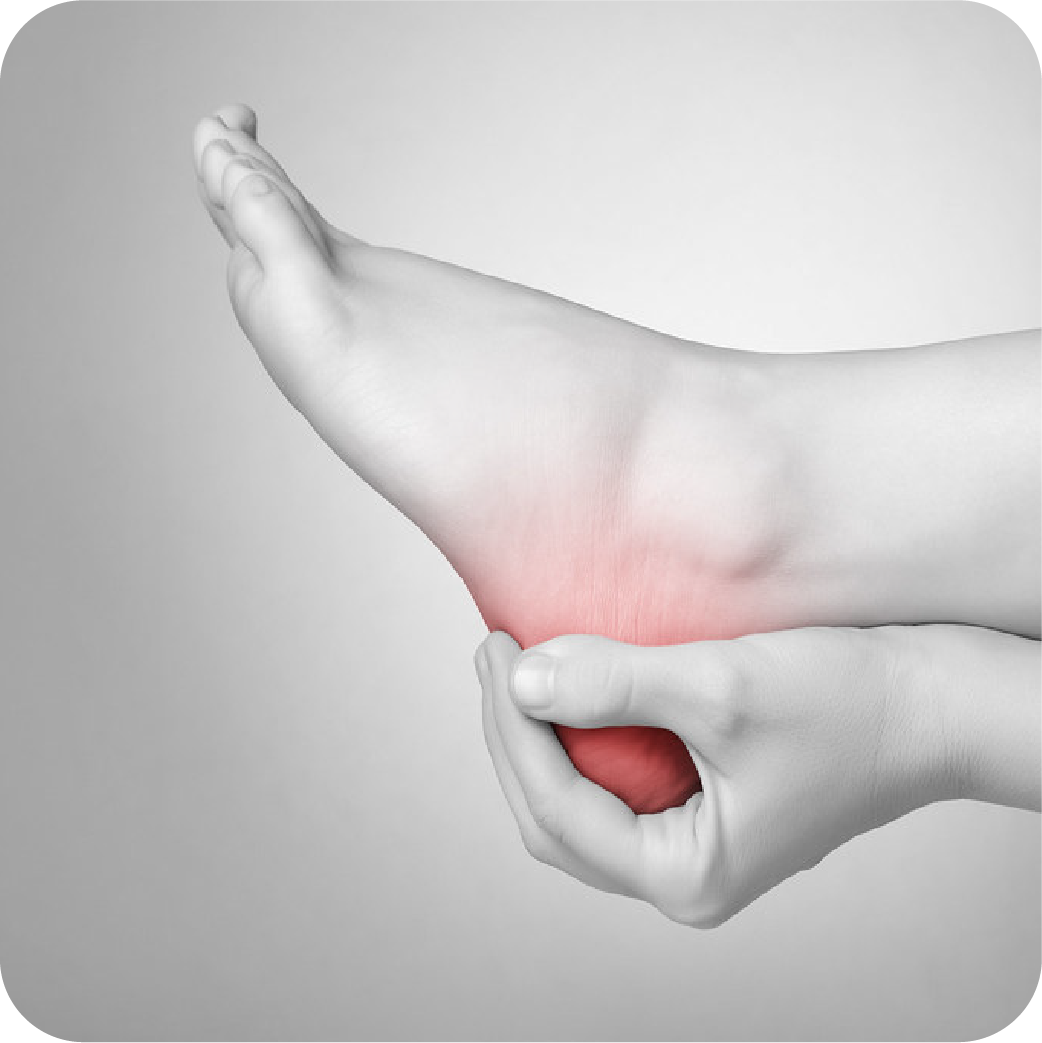Bone Spurs and plantar fasciitis

Bone Spurs
InformationA heel spur is a calcium deposit that can cause a bony protrusion on the underside of the heel bone. On an X-ray, a heel spur sometimes can extend forward by as much as a half-inch. Without any visible X-ray evidence, the condition is sometimes known as “heel spur syndrome.”
symptomsHeel spurs can often cause no symptoms. Heel spurs can sometimes be associated with intermittent or chronic pain — especially while walking, jogging, or running — if inflammation develops at the point of the spur formation. In general, the cause of the pain is not the heel spur itself but the soft-tissue injury associated with it.

Plantar Fasciitis
InformationPlantar fasciitis (PLAN-tur fas-e-I-tis) is the most common causes of heel pain. It involves inflammation of a thick band of tissue that runs across the bottom of your foot and connects your heel bone to your toes (plantar fascia). Plantar fasciitis can commonly cause a stabbing pain that usually occurs with your first steps in the morning. As you get up and move, the pain normally decreases, but it might return after long periods of standing or when you stand up after sitting.
SymptomsPlantar fasciitis typically can cause a stabbing pain in the bottom of your foot near the heel. The pain will usually be worst with the first few steps after awakening, although it can also be triggered by long periods of standing or when you get up after sitting. The pain is usually worse after exercise, not during it.
If you are experiencing any of the issues above then please…

